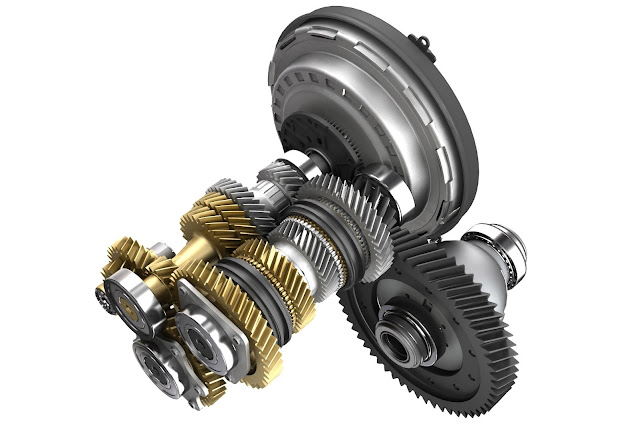Automotive Transmission Gears: An Essential Component For Smooth Driving
Automobiles have come a long way since their inception in
the 19th century. Advanced technologies and ingenious engineering have
transformed vehicles into sophisticated machines. However, at the core of every
modern automobile lies a vital component that has stood the test of time - the
transmission system. Comprising of gears, shafts and other components, the
transmission plays a crucial role in transmitting engine power to the wheels,
enabling vehicles to move. In this article, we explore the inner workings of
automotive transmission gears and appreciate their important function.
Types of Transmission Gears
Vehicles employ different types of transmissions based on their intended usage
and requirements. The two most common types are manual transmissions and
automatic transmissions.
Manual Transmission Gears: In a manual transmission, gears are arranged in a
fixed configuration inside a gearbox. The driver manually shifts between gears
using a stick shift or clutch pedal. This allows engaging different gear ratios
to suit varying speeds and loads. Typical manual transmissions feature 5
forward gears and 1 reverse gear. Synchromesh mechanisms help smooth gear
changes.
Automatic Transmission Gears: An Automotive
Transmission Gears removes the need for the driver to manually shift
gears. Instead, hydraulic devices and planetary gearsets inside the
transmission automatically select optimal gears based on engine RPM and vehicle
speed. Common automatic transmissions have 4-6 forward gears for improved fuel
efficiency. Torque converters connect the engine to transmission for smooth
acceleration.
Design and Function of Transmission Gears
Let's take a closer look at the design and operation of gears inside the
transmission:
- Gears are cut with precisely machined teeth that mesh together like
interlocking wheels. This allows rotation and torque transfer between connected
gears.
- Different gears have varying diameters and tooth counts to achieve the
mechanical advantage of different gear ratios. Larger-diameter gears impart
more torque but less speed.
- Gear teeth are designed to roll rather than slide against each other for
longer operating life. Special tooth profile and materials prevent excessive
noise and wear.
- In meshing gears, only the tooth surfaces come in contact while rotating.
This contact pattern alternates on both sides of the tooth for an even load
distribution.
- Proper lubrication is vital as it provides a thin film between sliding tooth
surfaces to minimize friction and prevent damage from metal-to-metal contact.
- Arrangement of multiple gears in planetary or layshaft configurations creates
the required gear ratios inside compact gearboxes.
- Downshifting to a lower gear increases mechanical advantage for acceleration,
while upshifting boosts speed and reduces engine load.
Common Transmission Problems and Maintenance
Even with precision manufacturing, transmission components are subjected to
heavy loads and wear over time. Some issues that may affect gear performance
include:
Worn Gears: Continuous high RPM and torque loading gradually erodes away gear
teeth. Severe damage leads to cracked or missing teeth causing noise and
improper gear engagement.
Gear Stripping: Overloading or failing to shift smoothly can strip gear teeth
right off the shaft. This prevents any gear rotation.
Broken Synchronizers: Synchronizer components help match shaft speeds for
smooth shifting. Wear shortens their lifespan and causes difficulty engaging
gears.
Loss of Oil: Proper lubrication level is critical to transmission function and
longevity. Loss of oil starves components and accelerates wear.
Slippage: Excessive wear causes gear teeth to round off, reducing their ability
to properly grip and transfer torque between each other.
Regular transmission fluid changes and inspection of critical wear components
can minimize expensive repairs later. Replacing worn gears ensures many more
miles of smooth operation.
In Summary
Despite operating silently in the background, transmission gears play an
integral role in the driving experience. Their precise design and interaction
in complex gearbox configurations enable engines to efficiently deliver power
to wheels across a wide RPM and load range. Proper maintenance keeps these
unsung heroes performing optimally for the lifetime of vehicles. Understanding
their inner workings helps appreciate the immense engineering that goes into
every rolling mile.


.jpg)

Comments
Post a Comment